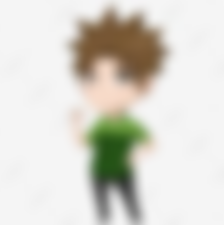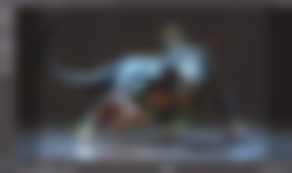Quality video creation animation
Animation explanation
There's always something spectacular when an imaginary character moves as it does in real life, whether it's in a Disney movie or a 3-dimensional game piece. The moving image of the imaginary character is called animation. Animation has much greater storytelling power than other media, such as motion graphics and graphic design. As for the use of the word definition is a limitation / definition.
Animation is a moving image that comes from a collection of various objects that are specially arranged so that they move according to a predetermined path at every count of time. The objects in question are pictures of humans, written text, pictures of animals, pictures of plants, buildings, and so on.
The term animation is not foreign to us, especially children. This is because animation content is usually found in cartoon or anime character films.
The creators of animated content are called animators. Currently there are many successful companies in the field of making animated films, such as;
· Walt Disney
· Pixar
· DreamWorks
· Dan lain-lain
Animation type
In general, the types of animation can be divided into two, namely:
1. Animation Based on Character Shapes

a. Stop Motion Animation/ Claymation

This type of animation was first discovered by Blakton in 1906. Blakton uses clay as an animation object. Examples of films that use clay animation techniques are Chicken Run and Shaun the sheep.
b. 2 Dimensional (2D) Animation

We know 2D animation as a cartoon, which is a collection of funny pictures in animated films to entertain the audience. Some examples of cartoons for example; Donald Duck, Tom & Jerry, and others.
c. 3D (3D) Animation

Technology plays a big role in the advancement of animation, especially computer technology. 3D animation is the development of 2D animation in which objects in the animation look more alive.
The animated films that we see today are already using 3D animation and CGI (Computer Generated Imagery). For example; Finding Nemo, Toy Story, and more.
d. Japanese Animation (Anime)

Japanese animated films (anime) are very popular among people of all ages in the world. Some very popular Japanese anime such as One Piece, Slam Dunk, Naruto, and others.
2. Animation Based on Manufacturing Techniques
a. Cel animation
Derived from the word "Celluloid", this is a technique for making animated films that is quite popular. Cell animations are usually sheets that will form a single animation.
So each cel is a separate part. For example, the object and its background are separate, so they can move independently.
b. Frame Animation
Frame animation is animation that uses a series of images shown in turn. A simple example, like when we make different pictures/objects on the pages of a book, then open the book quickly with our fingers, the picture will look as if it is moving.
c. Sprite Animation
Animated sprites using a still background then the image is moved in the foreground. This technique is a part of animation that moves independently, such as flying birds, rotating planets, bouncing balls, rotating logos, and so on.
d. Path Animation
Path animation technique is animation by moving objects along a specified line as a path. For example in making animation of trains, airplanes, others that require certain motion trajectories.
e. Vector Animation
Vector animation techniques are similar to sprite animation, the difference is that sprite animation uses bitmaps while vector animation uses mathematical formulas to describe the sprites.
f. Spline Animation
Spline animation technique is a mathematical representation of the curve, so that the movement of the object follows a straight line and is in the form of a curve.
g. Character Animation
Character animation techniques generally exist in cartoons and also in 3D animated films. In character animation, all parts of the animation move together but the character of each object has different characteristics and movements.
05-November-2022



